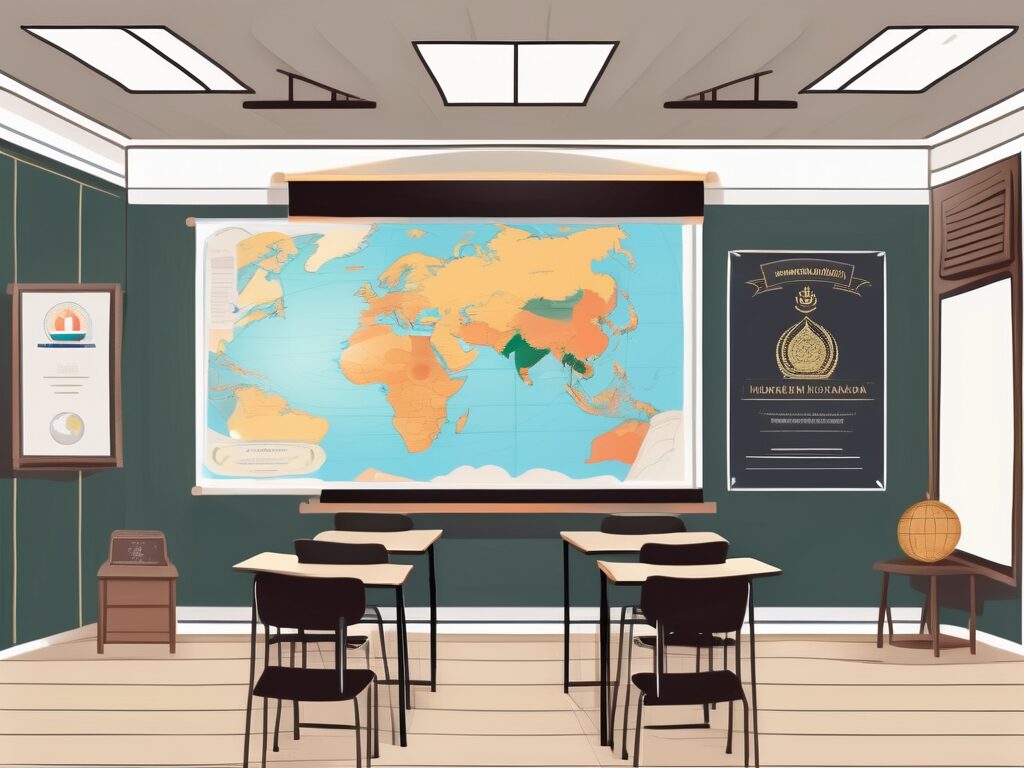What Country Has the Lowest Student to Teacher Ratio?
For aspiring international educators, understanding global education trends is crucial. One key metric is the student to teacher ratio, which can significantly impact teaching quality and job satisfaction. In this article, we will explore which country has the lowest student to teacher ratio, why it matters, and how you can leverage this information to enhance your international teaching career.
Table of Contents
- Why is it Important for Aspiring International Teachers?
- Key Skills or Qualifications Required
- Steps to Get Started
- Challenges and How to Overcome Them
- Best Practices and Tips for Success
- Conclusion
Why is it Important for Aspiring International Teachers?
The student to teacher ratio is a critical factor in education quality. Countries with lower ratios often provide more personalized attention to students, leading to better educational outcomes. For teachers, this means a more manageable workload and the opportunity to make a significant impact on each student’s learning journey. In countries like Luxembourg, which boasts one of the lowest student to teacher ratios globally, educators can enjoy a more fulfilling teaching experience.
Key Skills or Qualifications Required
To teach in countries with low student to teacher ratios, educators typically need advanced qualifications and skills. These may include:
- International teaching certifications
- Proficiency in the local language
- Experience with diverse educational systems
- Strong classroom management skills
Steps to Get Started
To pursue a teaching career in a country with a low student to teacher ratio, follow these steps:
- Research countries with favorable ratios and their specific requirements.
- Obtain necessary certifications, such as the International Qualified Teacher Status (iQTS).
- Gain experience in international or diverse educational settings.
- Network with educators and institutions in your target country.
Challenges and How to Overcome Them
Teaching in a country with a low student to teacher ratio can present challenges, such as cultural differences and language barriers. To overcome these, consider:
- Participating in cultural exchange programs
- Taking language courses
- Engaging with local communities to better understand cultural nuances
Best Practices and Tips for Success
To succeed as an international educator, consider these best practices:
- Continuously update your teaching methods to align with global standards.
- Embrace technology to enhance learning experiences.
- Foster an inclusive classroom environment that respects diversity.
Conclusion
Pursuing a teaching career in a country with a low student to teacher ratio can be incredibly rewarding. By understanding the importance of this metric, acquiring the necessary skills, and overcoming potential challenges, you can enhance your teaching career and make a meaningful impact on students’ lives. Want to become a teacher in a Tier 1 international school? Join the course here.

